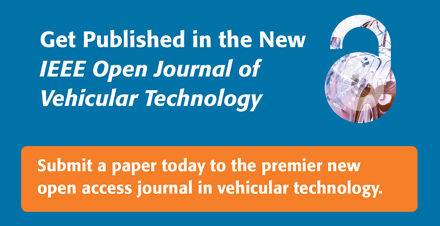|
Full title—Comparing Aerial-RIS- and Aerial-Base-Station-Aided Post-Disaster Cellular Networks
This study borrows stochastic geometry tools to estimate both the average and local coverage probability of a wireless network aided by an aerial RIS (ARIS); in particular, the surviving terrestrial base stations (TBSs) are modeled by means of an inhomogeneous Poisson point process, while the UAV is assumed to hover above the disaster epicenter.

Schematic representation of the system setup (excerpt from original image; see full article for further details).
Our framework captures important aspects such as the TBSs' altitude, the fact that they may be in either line-of-sight or non-line-of-sight condition with a given node, and the Nakagami- m fading conditions of wireless links. By leveraging said aspects we accurately evaluate three possible scenarios, where TBSs are either: (i) not aided, (ii) aided by an ARIS, or (iii) aided by an aerial base station (ABS).
Our selected numerical results reflect various situations, depending on parameters such as the environment's urbanization level, disaster radius, and the UAV's altitude.
Full Article: IEEE Open Journal of Vehicular Technology, September 2023

|